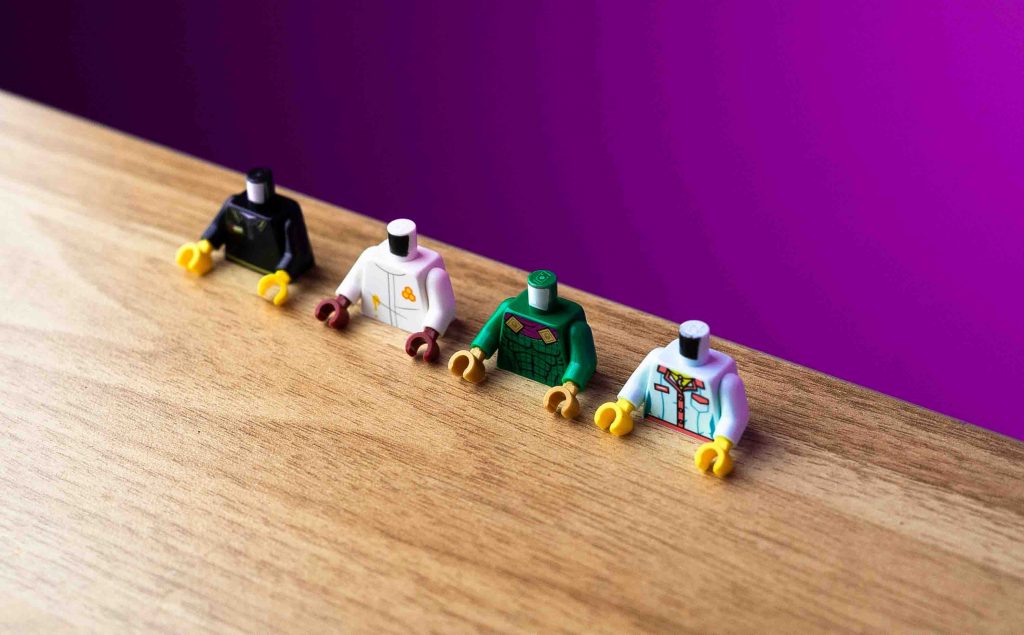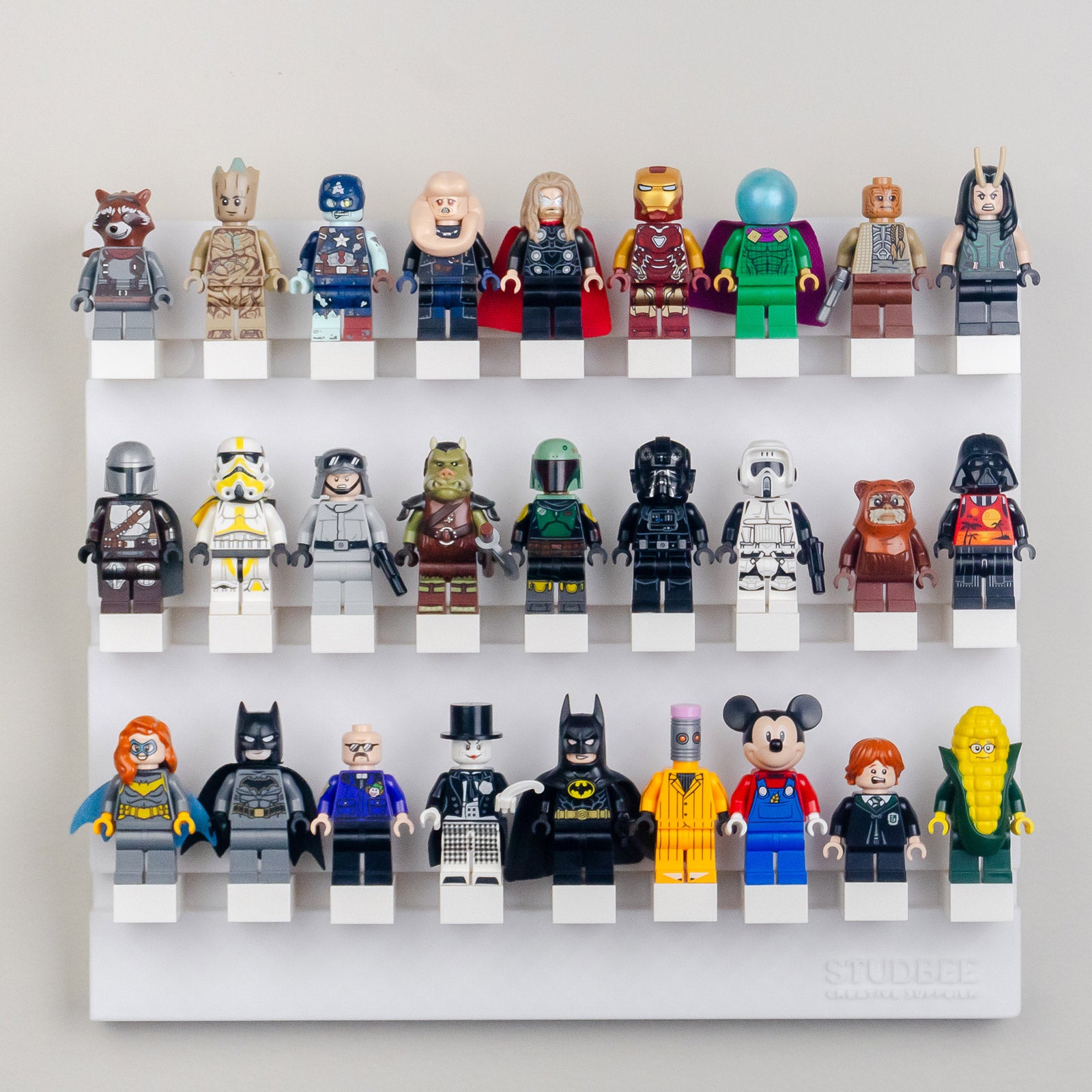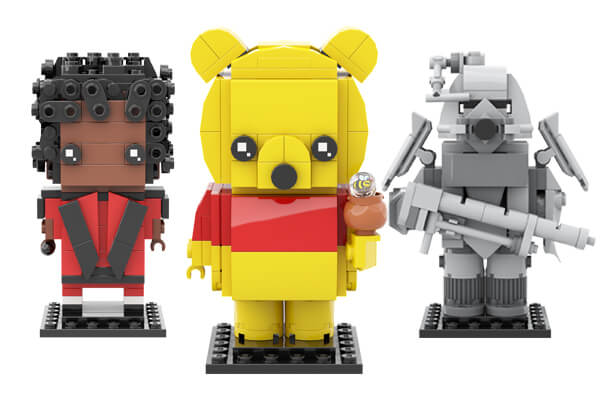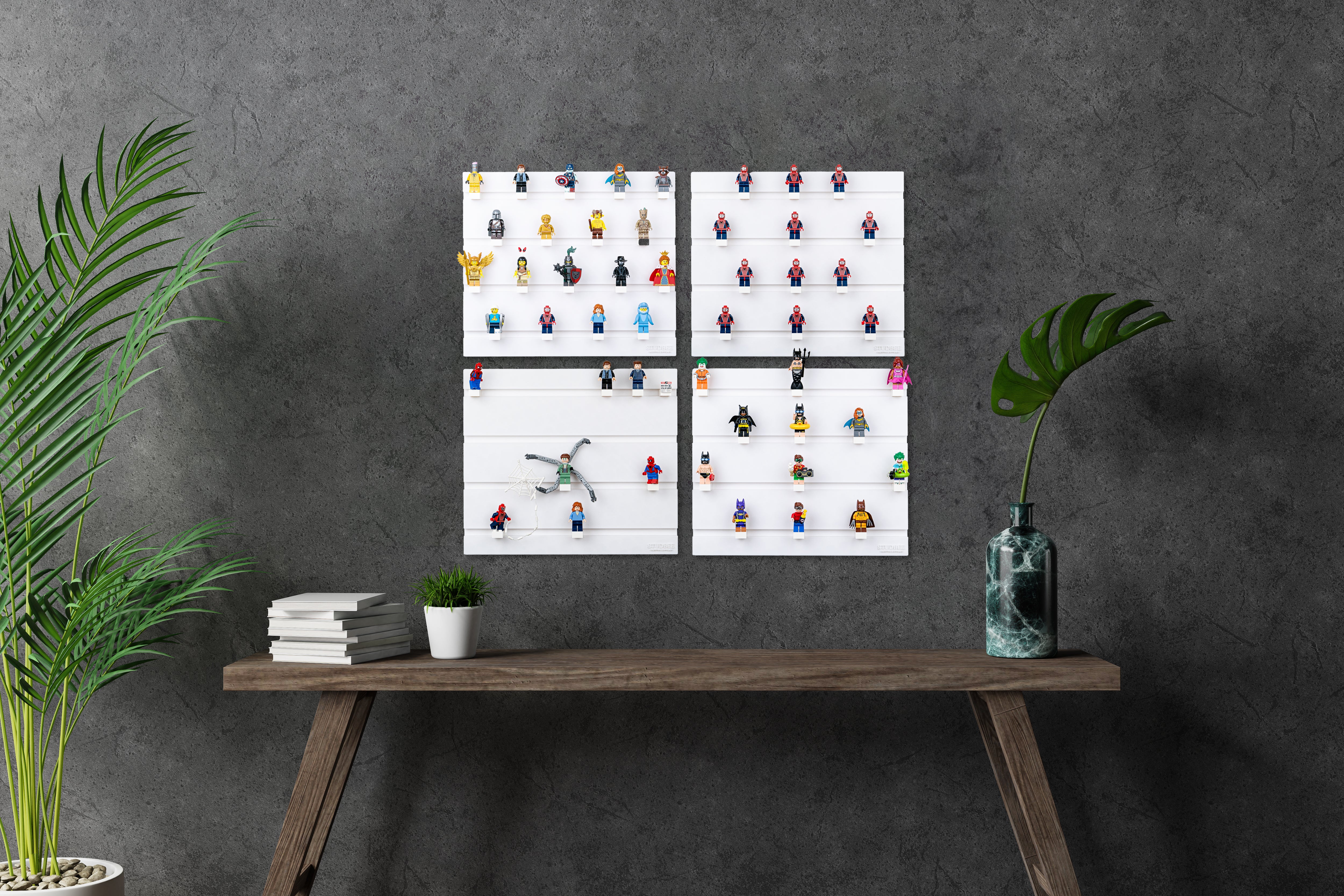There have been many different urban myths about how Lego elements are made.
There is a question I’m fairly sure the LEGO company has never answered or commented on officially until recently.
There have been a lot of questions about the black square marks (white on some torsos) on minifig necks.
But now, there's a definitive and official answer from Lego themselves.
Watch the video below (cued at 45 seconds in) to see the process in action.
Why Lego Minifigures have a tiny black square on their necks?
To determine which side of the minifigure is facing forward during printing, Lego adds a black mark or a white marking.
In order to create as much contrast as possible, they add a black mark to the lighter torsos and a white mark to the darker ones.

The square mark is always printed on the front side of the torso. This square marking is also useful when inserting arms into the torso.
The square mark on the neck makes sure the arms in the torso get inserted in the correct orientation.
If the laser does not detect this mark, it will flip the torso so that the arms are inserted in the correct orientation.
Interesting numbers on Minifigure manufacturing
Here are just a few interesting minifig stats:
- A machine can print 23,000 heads per hour.
- Lego can assemble over 7,000 torsos per hour.
- Machine can assemble 4 legs a second.
- Over half a billion minifigures are produced every year. This makes them one of the world's largest population.




